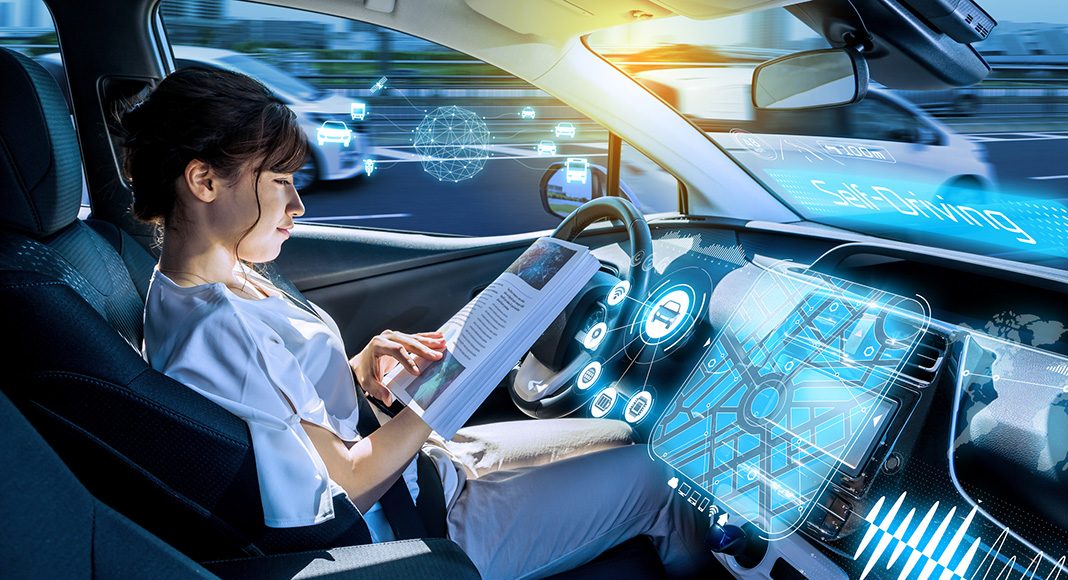More than 70 percent of car drivers globally believe it is already possible to buy a car that can drive itself, according to new consumer research commissioned by Euro NCAP, Global NCAP and Thatcham Research.
Published to coincide with Euro NCAPâs first assessment of automated driving technology, the survey findings highlight the significant confusion that exists amongst motoring consumers when it comes to the reality of automated or autonomous driving.
Worryingly, one in five British motorists think that a car marketed as being capable of automatic steering, braking and acceleration allows them to âsit back and relax and let the car do the drivingâ. Many respondents said they would be tempted to break the law while using an assisted driving system by texting on a mobile phone (34 percent), making a hand-held call (33 percent) or having a brief nap (11 percent).
âSome carmakers are designing and marketing vehicles in such a way that drivers believe they can relinquish control,â said Matthew Avery, Director of Research at Thatcham Research. âCarmakers want to gain competitive edge by referring to âself-drivingâ or âsemi-autonomousâ capability in their marketing, but it is fuelling consumer confusion. This is exacerbated by some systems doing too much for the driver, who ends up disengaged.
âOur message is that todayâs technology supports the driver. It is not automated driving and it is not to be relied upon at the expense of driver attentiveness. The driver is in control and must always remain alert. If used correctly Highway Assist systems will improve road safety and reduce fatalities, but they wonât if naming and marketing convinces drivers that the car can take care of itself.â
Euro NCAP has tested the comparative performance of âHighway Assistâ systems in ten cars: the Audi A6, BMW 5 Series, DS 7 Crossback, Ford Focus, Hyundai NEXO, Mercedes-Benz C Class, Nissan LEAF, Tesla Model S, Toyota Corolla and the Volvo V60. Highway Assist systems combine Adaptive Cruise Control, Lane Centering and Speed Assist Systems to support the driver in driving situations on motorways.
Euro NCAPâs key conclusions from the tests include:
- No car on the market today offers full automation or autonomy
- Cars available today can provide driver assistance but this should not be confused with automated driving
- Used correctly, the technology can help the driver to maintain a safe distance, speed and to stay within the lane
- The systems should not be used in situations they are not designed for and should not be relied upon as an alternative to safe and controlled driving
- Different manufacturers have implemented different approaches to the application of driver assistance technologies in terms of the level of assistance given to the driver
âEuro NCAPâs message from these tests is clear – cars, even those with advanced driver assistance systems, need a vigilant, attentive driver behind the wheel at all times,â said Michiel van Ratingen, Euro NCAP Secretary General. âIt is imperative that state-of-the-art passive and active safety systems remain available in the background as a vital safety backup.â



















